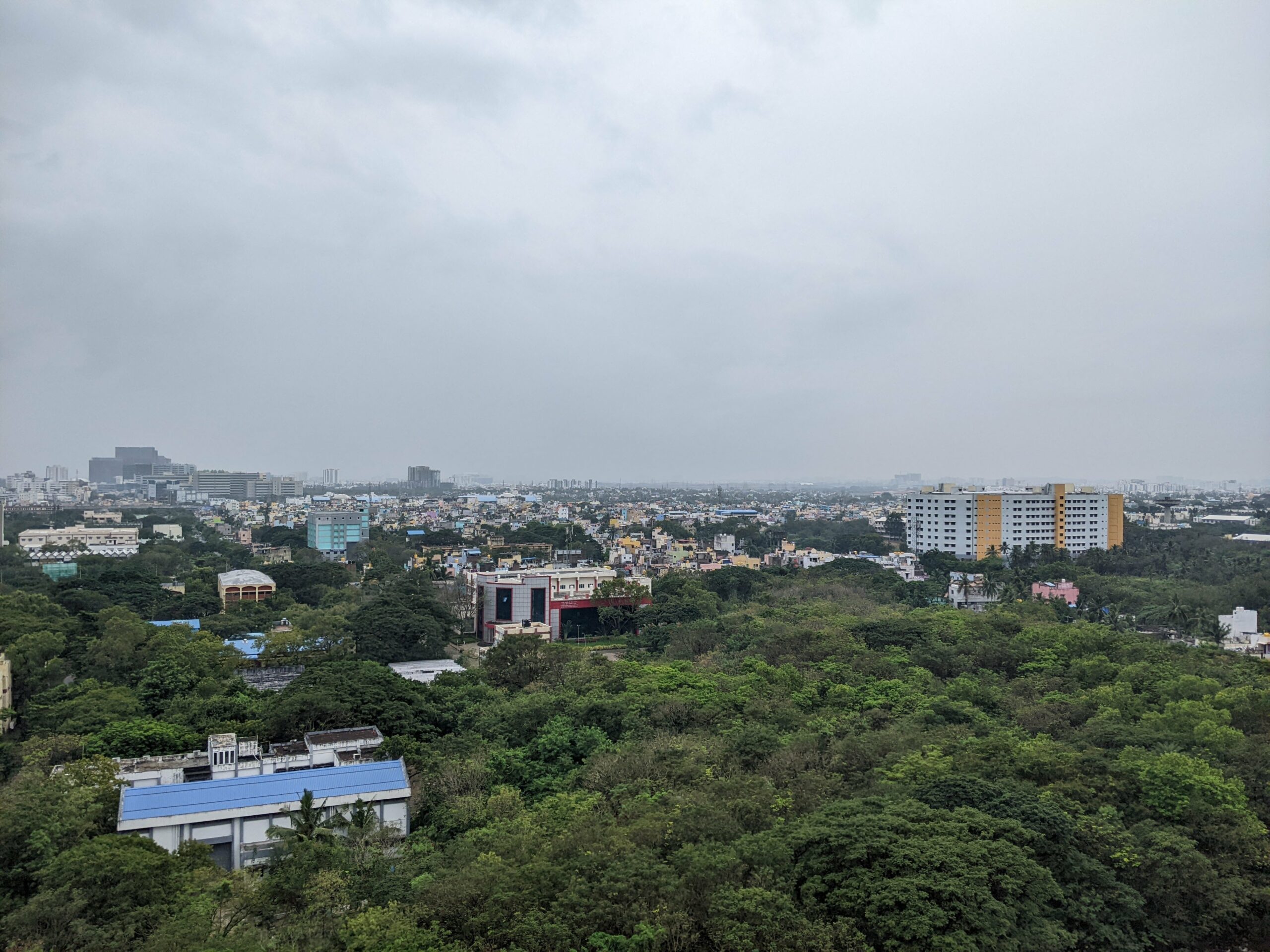The open data portal of Pune Municipal Corporation (PMC) has made public hundreds of datasets on different aspects of governance in Pune. There is data on census, public toilets, property tax, parks amongst others. One of the most interesting and large datasets on the site is the data from the Tree Census from August 2019.
You can find the raw data for the tree census on OpenCity.in. There are 17 parts(resources) in the dataset, each part having 2,50,000 trees. There are a total of 77 wards which corresponds to the number before 2017.

Some important points from the tree census:
- The census counted 4.09 million trees in Pune.
- Data on each tree includes its type (species name, common name), geo-location, height, girth, condition, ownership and whether it is rare.
- The census noted that there are 427 species of trees in Pune. However, in terms of make-up, 80% of the total trees are made up of just 30 species of trees.
- The top three types of trees are Giripushpa (Gliricidia specium), Subabul (Leucaena leucocephala) and African Blackwood (Dalbergia melanoxylon). These three trees account for 47% of the total trees in Pune.
- All three species mentioned above are non-native to India. In fact, among the top 10 species of trees in terms of numbers only four are native to India – Mango, Babul, Neem and False Ashoka (Polyalthia longifolia).
- Ward 53 has the most number of trees at 7,71,000 followed by ward 20 with 2,24,000. Ward 53 includes Taljai Forest area and Ward 20 includes ARAI which are green spaces. ARAI area is split among multiple wards, all of which show high number of trees.
- The median number of trees in a ward is 23,000 trees. However, wards 15, 48 and 49 have less than a 1000 trees each.
It is not only important for cities to conduct tree censuses but also make the data available to the public to analyse. This can not only help us understand the state of green cover in a city but also monitor illegal tree felling as well as the state(health) of individual trees. Other major cities should follow the lead of Pune and conduct tree censuses and make the data available publicly.

